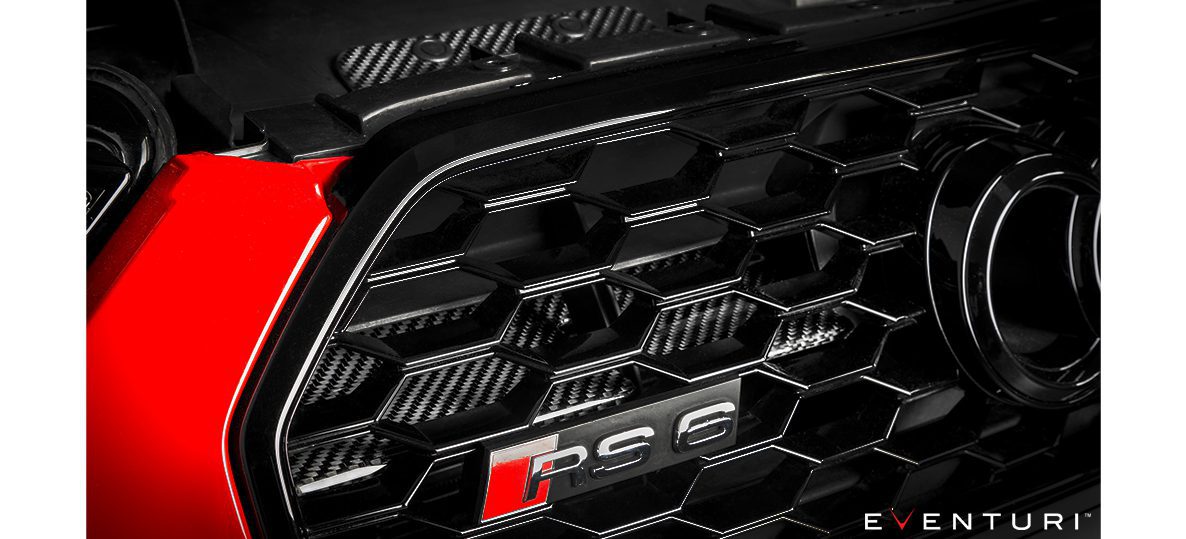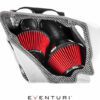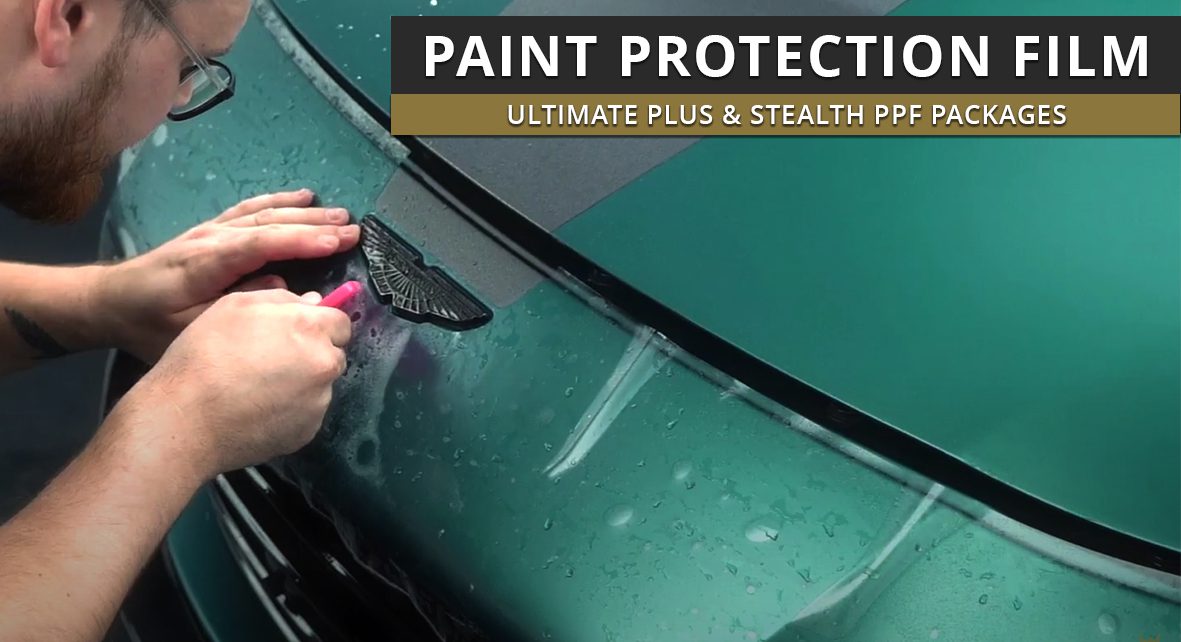Eventuri Audi C7 Rs6 Rs7 Carbonfiber Intake




























































Fitting Details
- INSTALLATION AVAILABLE
AUDI C7 RS6 RS7
Performance Gain: 15-19hp, 13-17ft-lb
V-Box Acceleration : 60-130mph Reduced By 0.4 Seconds
The Audi C7 RS6/RS7 Eventuri intake sets a new benchmark for intake design on this platform. It was developed to achieve two objectives – 1) De-restrict the turbo inlet paths. 2) Maintain low inlet temperatures. The first objective was met by providing each turbo with a separate filter and Venturi stack in order to reduce drag and allow the turbos to work more efficiently. The second objective was met by enclosing the filters inside a carbon airbox and feeding them with an additional scoop added behind the front grill. The C7 RS6/RS7 engine bay has multiple heat sources from different directions so a simple configuration of open filters and shields would result in higher IAT values. Our carbon airbox enclosure has been designed to maximise the use of the available volume and block all sources of heat. The resulting performance gains and aesthetics are industry leading for the C7 RS6/RS7.
The Eventuri Difference
The C7 RS6/RS7 Eventuri system uses 2 Venturi stacks mounted to the filters which smoothly transition to the turbo tubes. These provide an aerodynamically efficient airflow path from the filters to the turbos. Not just another cone filter with a heat shield but a unique design which invokes the Venturi affect and allows laminar flow to be maintained throughout the tubing, reducing the drag on the turbos.
Product Detials
Part Numbers:
EVE-C7RS6-CF-INT : Audi C7 RS6 RS7 Black Carbon intake
The Eventuri C7 RS6/RS7 intake system consists of a number of components engineered to perform a specific purpose and fabricated to the highest of standards. Here are the details for each component and the design ethos behind them:
Each intake system consists of:
Carbon Fibre Airbox Enclosure
2 x High Flow Double Cone Air Filters
2 x Carbon Venturi stacks with integrated tubes
Carbon Fibre Inlet Duct
Carbon Fibre Front Scoop
Laser Cut Heat Shield with Gold Reflective
Laser Cut Stainless Steel Bracket Work
CNC Machined Airbox Mounts
Carbon Airbox Enclosure
The enclosure has been designed to make the most effective use of the volume given when removing the OEM airbox. It shields the filters from the multiple sources of heat in the engine bay. The most obvious source is the engine/turbo setup itself, however there is also a heat exchanger under the headlamp which also emits significant heat. Furthermore, when the radiator fan is operating, a stream of hot air is pushed into the intake area from the radiator side just under the duct. All these heat sources require a complete airbox system as shielding – a simple cone and heat shield just cannot do the same job. During development we tested 2 open filters with heat shielding and the inlet temperatures increased significantly causing a loss of power. The airbox prevents these heat sources from adversely affecting the cone filters and is connected to the carbon duct which feeds the enclosure with cold air.
Carbon Venturi Tubes
To connect our doubled coned filters to the stock turbo pipes, we designed a pair of tubes with smooth curves and with an innovative Venturi stack matched to the inner diameter of the filter neck. This curvature allows the airflow to remain laminar as it goes through the filter and enters the tubing – which is important as higher rpm where the turbos are pulling in air at high velocity. The tubing design results in an aerodynamically efficient flow path from the filters to the turbos allowing the turbos to generate boost more effectively and reducing lag. On the road this is noticeable with the car having a sharper and more eager throttle response as boost is generated quicker.
Flow Simulation
As part of our R&D process we carry out flow simulations through our intake systems to ensure that our initial concepts and calculations are reasonable. The simulation also helps us to further optimise the system for smoother airflow where possible.The flow simulation through a single tube shows an increase in velocity from the filter to the outlet – which is expected as the cross sectional area reduces. It also shows the smooth transition between the filter and tube with the Venturi stack allowing the airflow to narrow down while remaining laminar in nature.
£2,100.00
Out of stock
ASSETTI PRODUCTS AND SERVICES
BENEFITS OF
PPF
XPEL CERTIFIED INSTALLER


No More stone chips
Say goodbye to stone chips with XPEL PPF. The film protects the paint with a sacrificial layer which is resistant to chips and damage from debris.


ULTIMATE PROTECTION
Peace of mind that your vehicle can handle whatever the road throws at it when protected with PPF, from stone chips to bird stains PPF can protect from it all.


EASY MAINTENANCE
Keep your vehicle cleaner for longer! PPF is easier to maintain than paint thanks to it's hydrophobic properties ensuring your vehicle looks better for longer.


SELF HEALING
No more swirl marks. PPF has a self healing top coat which is resistant to light scratches and swirls. Simply park the car in the sun and watch any swirl marks fade away.





